Glenn Vilppu’s Concept Drawing: From Renaissance to Hollywood animation with one, single mantra.
by Laura Vailati
Art enthusiast and Editor at Miami Niche
Recently awarded the prestigious Annie Award for Special Achievement in Animation for his unique and outstanding achievements in the field of animation, artist and teacher Glenn Vilppu will be among the faculty members of Realism Live, November 10-12, 2022.
An award that the artist shares with Eleanor, artist and inseparable wife, with whom he founded Vilppu Academy (the online school entirely dedicated to teaching drawing) 12 years ago. It’s a profession that he began imparting when he was still a student and that has brought him great personal satisfaction, distinguishing him in Hollywood circles for his exceptional ability to teach prestigious Disney and Marvel artists.
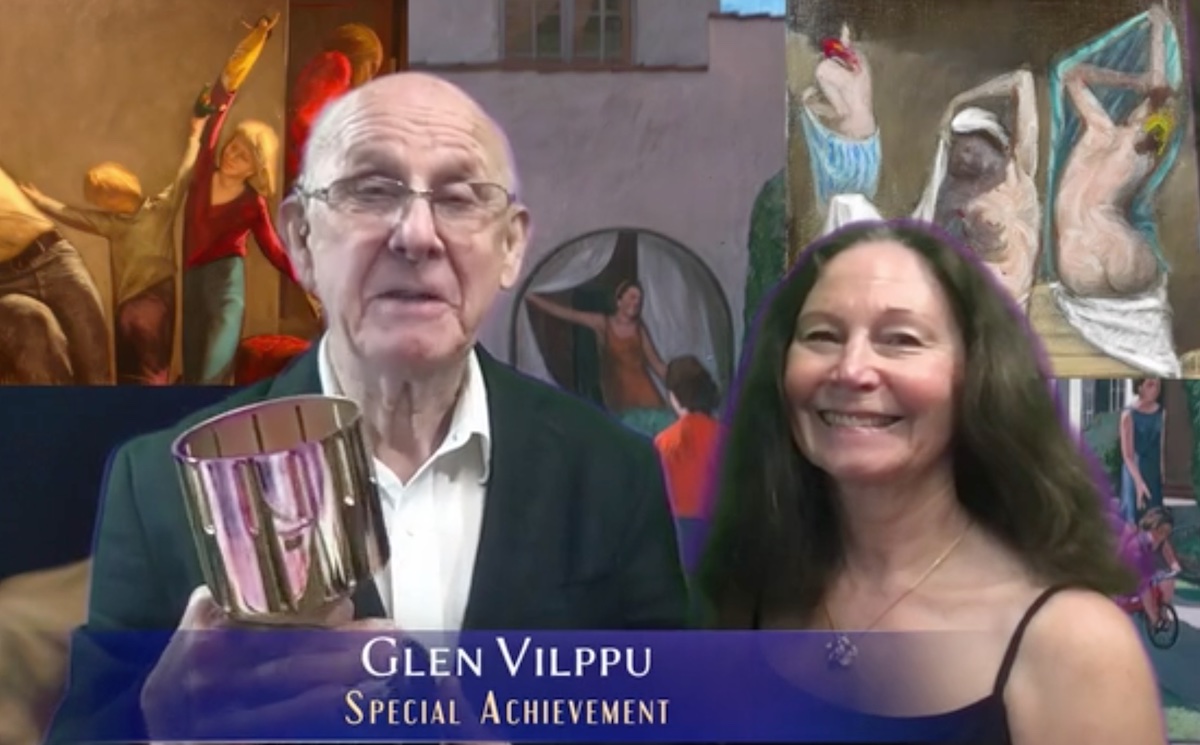
Vilppu finds his drawing foundations in Renaissance art, which the artist believes he is able to put perfectly in tune with concepts that, especially from the perspective of contemporary art, might seem anachronistic, but which in fact constitute the inescapable common thread linking the great art of the past to the increasingly refined art of animation today.
According to Vilppu, whose mantra is “there are no rules, only tools,” drawing is based on ideas and imagination. The same concepts from which Michelangelo, Raphael, or Verrocchio – to name a few – started and which take shape through the sinuous rhythm of lines that blend harmoniously with each other, emphasizing the natural sense of form and movement that represents the communicative essence of the human body.
The concept of drawing for Vilppu thus becomes, referring to the thought of the Roman historian Titus Livy: “the highest form of individual expression that allows us to appreciate above all the unfinished work of artists from which the mental process of thought can be grasped.”
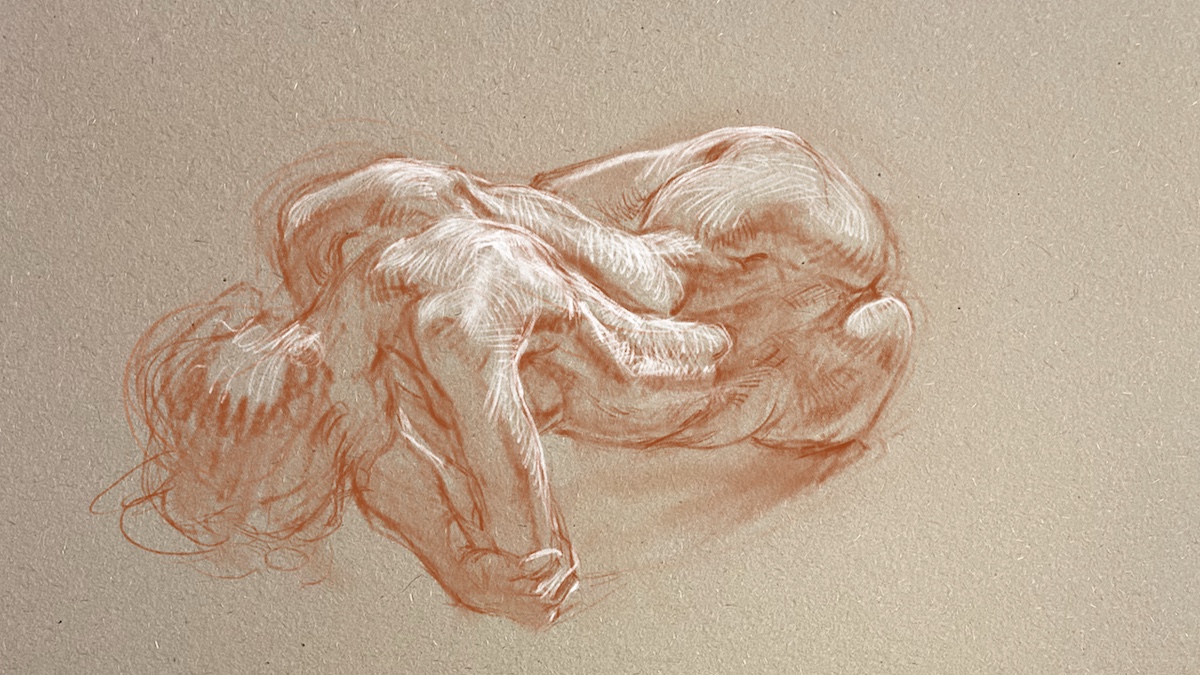
This conception of drawing as pure mental expression is, basically, also the reason that has always kept him away from the art market and its entourage: fairs, galleries, exhibitions. To the business of art galleries Vilppu has contrasted the making of works created exclusively for pure personal pleasure: the natural extension of the self, entirely dedicated to the representation of reality through drawing and from the imagination and disregarding the type of medium used.
Although he has experimented with all artistic mediums, Vilppu loves the simplicity and immediacy of the pencil and pen, to which he has masterfully complemented over time by creating works digitally on iPads, which he also often uses for his demonstrations. Vilppu uses oil both on large canvases, with which, from the imagination, he paints the environments familiar to him, and small and medium-sized works depicting intimate landscape paintings, which he paints live instead.
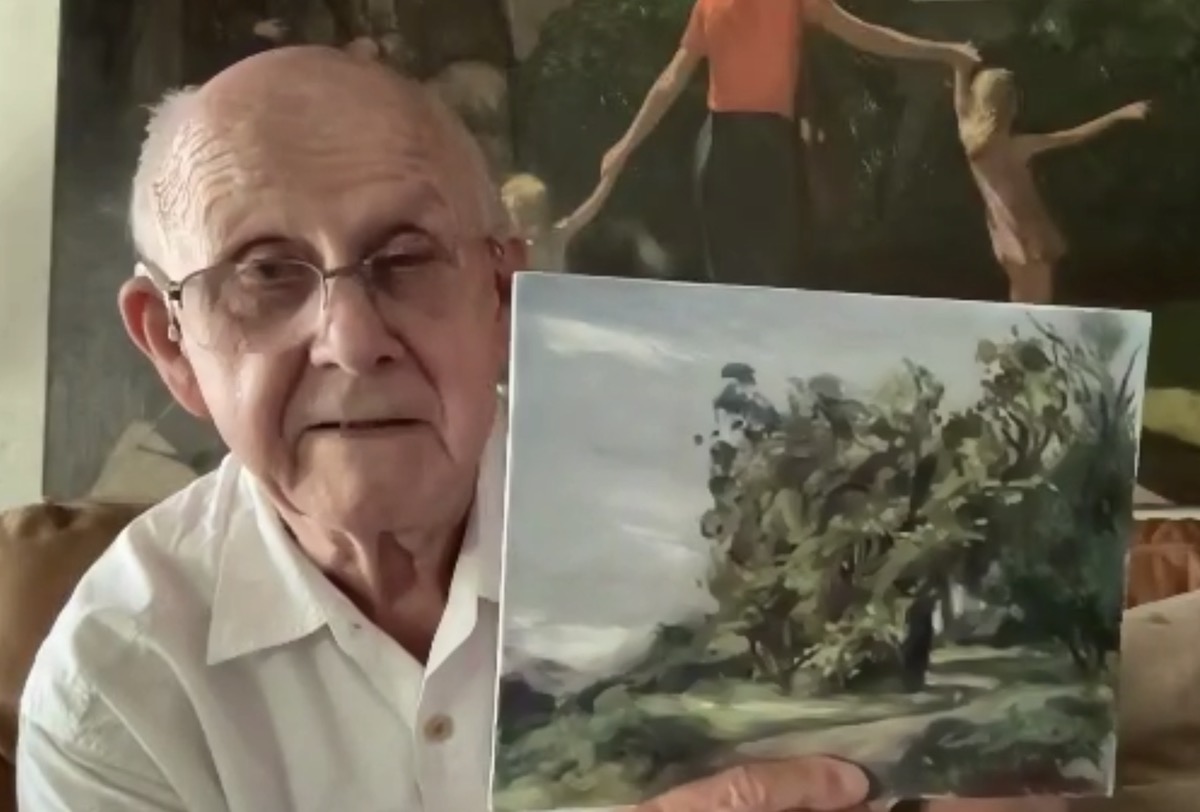
Drawing as an individual expression is what Vilppu believes unites the great masters of the past with artists today, including lovers of figurative realism, since his philosophy is based on universal principles that have remained unchanged over time and space; principles that at the age of 40 have naturally allowed him to devote himself to animation drawing. This allows for a realism that, according to Vilppu, cannot be the mere, sterile copying of a photographic image or model: it’s a learning process that the artist himself declares to be far more complex because of the limiting two-dimensionality of the paper medium.
According to Vilppu, since drawing is a product of the imagination, once the indispensable tools of observation, rhythm, and composition have been learned, the artist can offer an ever new and emotional vision of the drawing, of which he can change at will – thereby breaking free from the rules – all the contour elements such as light and shadows, tonal and chromatic values.
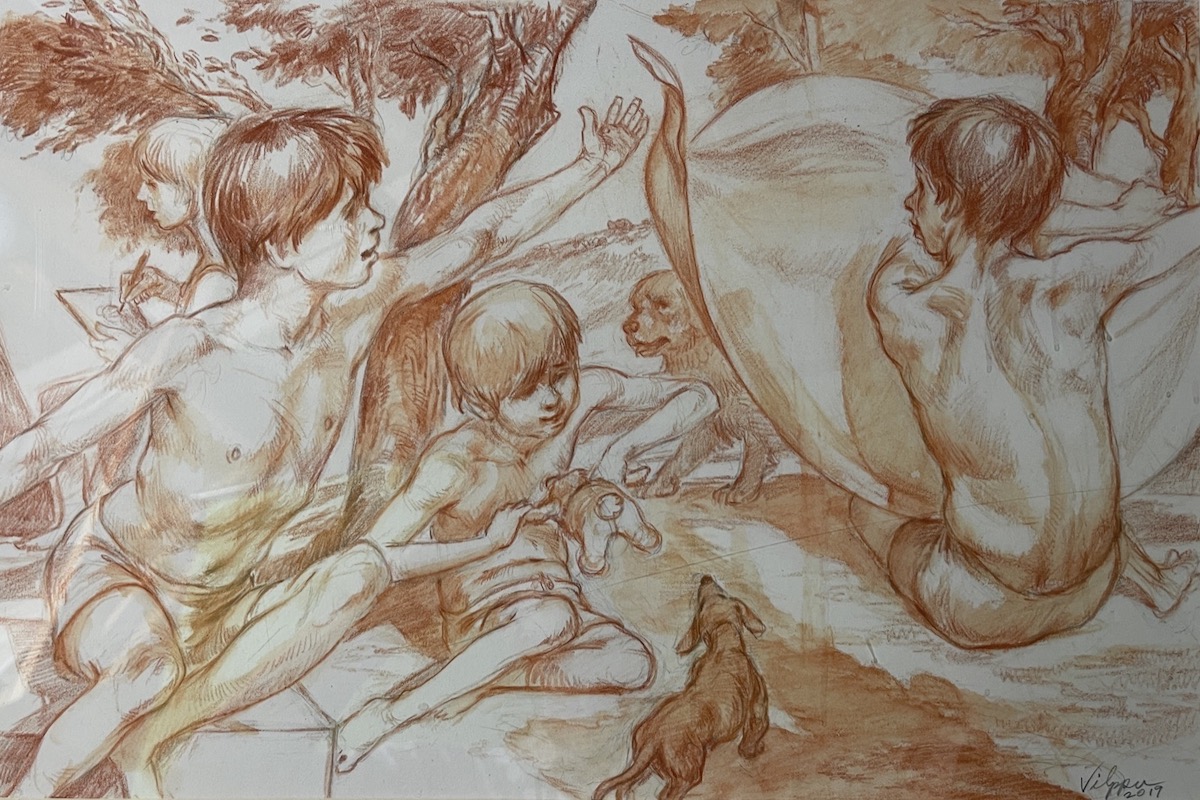
The secret to being able to have this freedom in changing the representation of compositional elements, according to the artist, lies in knowledge of the tools. It is an ever-evolving knowledge that Vilppu says he learns every day through dedication and discipline in the daily study of Old Masters. According to Vilppu, learning to observe and practicing continuously and repetitively in the representation of the same subject allows the artist to assimilate – even involuntarily and unconsciously – the tools of drawing.
Learning to observe is the first lesson, fundamental to discerning the differences between one artist and another. Just think of the work “Massacre of the Innocents” by Peter Paul Rubens and by Nicolas Poussin: “They are huge because they did the same subject and they used the same tools but they are incredibly different because their feeling is different,” said Vilppu.
Realism Live this year will offer a great opportunity to witness the demonstrations of this artist, inspired by Renaissance concepts. Teaching drawing is for Vilppu the spontaneous translation of his being an artist. To those who ask whether he is the artist or the teacher Glenn Vilppu replies, “I’m a teacher, this is my role.”


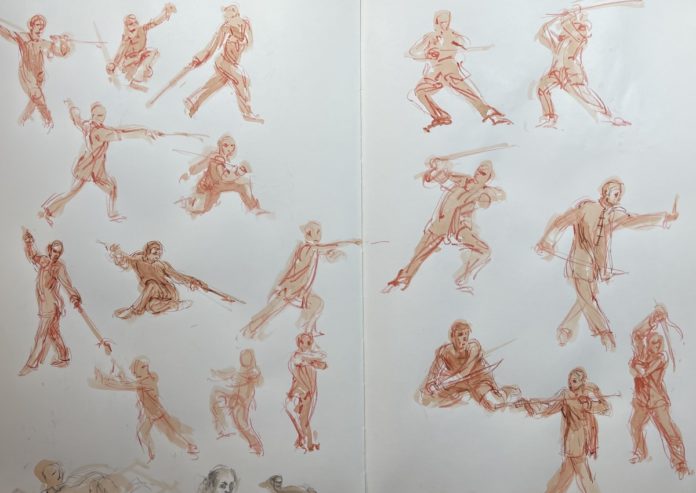



I was lucky enough to have him as a teacher at Art Center in the late 60’s. He was one of the best teachers on campus because he would come by and if you were struggling, sit down, take your drawing board and demonstrate how he would do it, all with a warm smile. I still have his drawings but never knew what path he took. What an inspiration he continues to deliver.
Thanks, Glenn. I wish I had paid more attention.
–Vern Scharf
Class of 1969
Comments are closed.